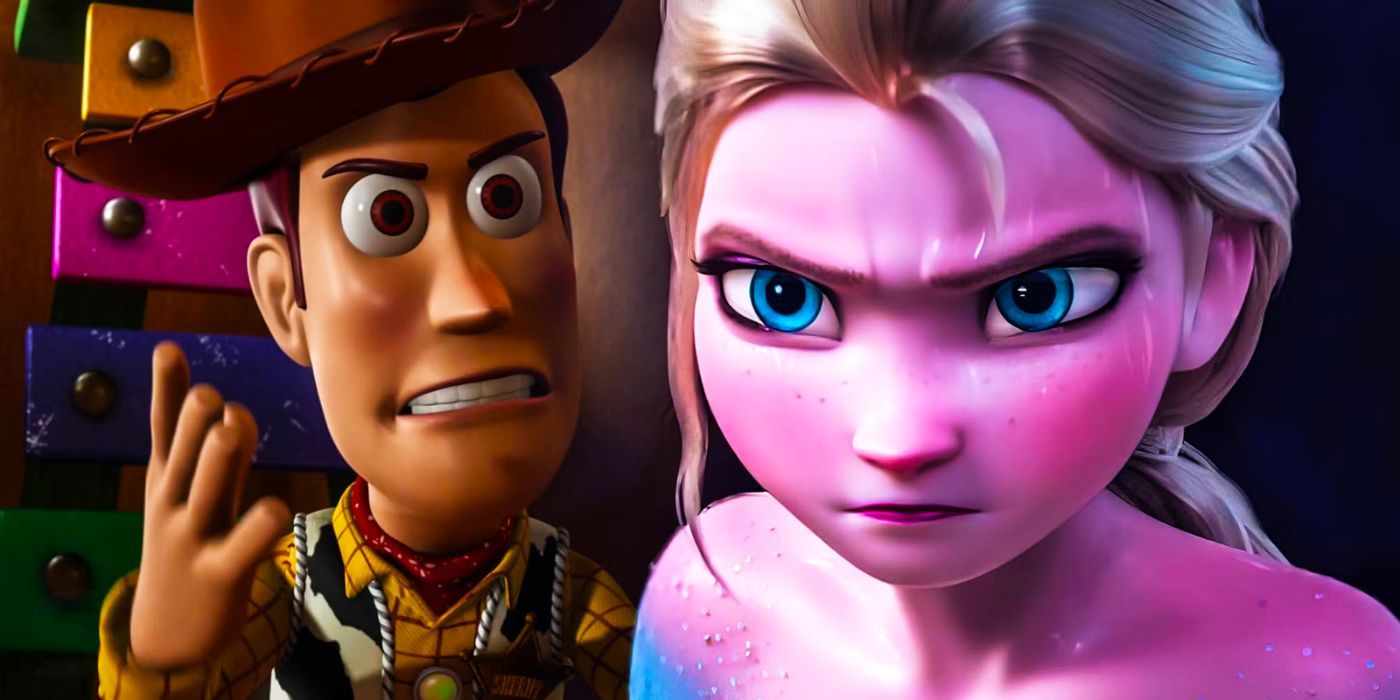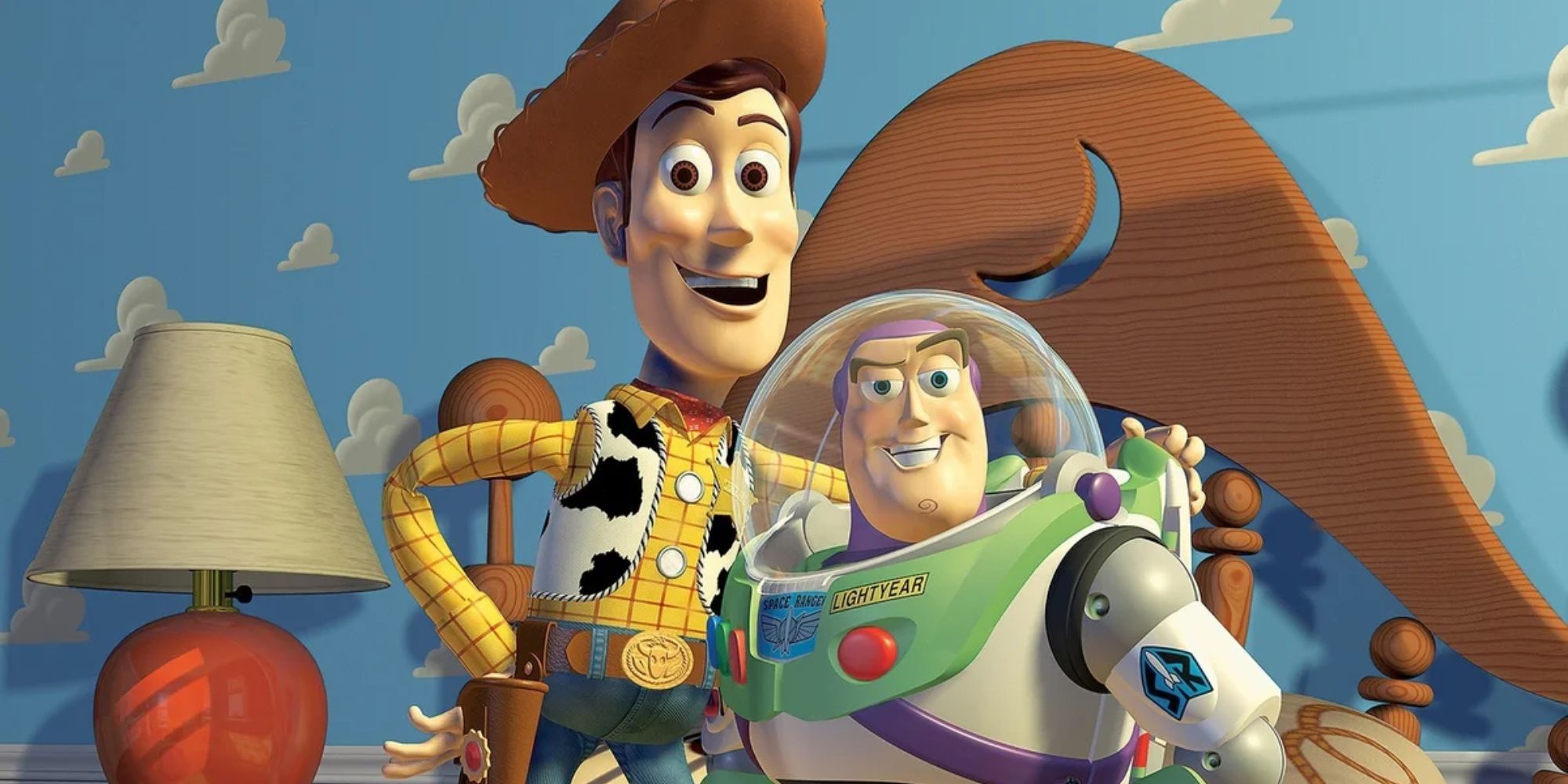Frozen and Toy Story are two of the most significant movie franchises of all time, and both underwent the same significant villain change during the course of their production that saved their success. Both franchises are considered benchmarks in Disney animation, and are unmatched in the cultural impact that their characters have. However, it took a massive alteration early on in the production of both films for those characters to take shape.
Disney movies in particular have always thrived thanks to memorable villain characters. In fact, Disney has even had success with movies focused specifically on the villains, like Maleficent and Cruella. Both Frozen and Toy Story only became the classic movies that audiences know and love because they were able to avoid the same problem with their villains.
Frozen & Toy Story Both Tried To Make Their Main Protagonists The Villain
Early on in the production for both movies, the heroes of Toy Story and Frozen – Woody and Elsa respectively – were the evil villains. In the case of Frozen, it was a byproduct of the source material. Frozen is loosely based off “The Snow Queen,” the story by Hans Christian Andersen, which features the eponymous snow queen as the primary antagonist. The original version of the movie featured a completely different Elsa, who would have had dark, spiky hair and neutral-colored attire instead of the icy dress and white-blonde braids that audiences are now familiar with.
Unlike Frozen, Toy Story was an original story not based on any existing source material. Early drafts of Pixar’s first movie always had Woody as a cruel villain who ruled over the other toys in Andy’s room like a tyrant. He was originally supposed to be a ventriloquist dummy instead of a stuffed cowboy doll, which made his appearance much creepier (which is nodded to in Toy Story 4 with Gabby Gabby’s dummy henchmen). Some elements of his original antagonization of Buzz Lightyear carried over to the final version of the movie, like Woody throwing Buzz out the window to get rid of him for good.
Why Toy Story & Frozen Both Changed Their Original Villains
Fortunately for both the Frozen and Toy Story franchises, the original plans were abandoned and both Elsa and Woody were changed into heroes. In the case of Frozen, Disney executives wanted to make the movie feel more like a traditional Disney princess movie, with John Lasseter in particular pushing to make Elsa a hero. Lasseter’s 10-year-old son Sam was diagnosed with Type 1 Diabetes, and his struggle to accept that part of himself was a direct inspiration for Elsa’s struggle to accept her ice powers. The uplifting message of Frozen evolved from there, with Elsa and Anna’s relationship as sisters moving to the foreground as well.
Toy Story, and Pixar in general, almost never got off the ground due to Woody’s dark origins. The storyboard reel of Toy Story in November 1993 received a devastatingly negative response, and forced Disney and Pixar executives to go back to the drawing board on the entire concept. They were given two weeks to fix the movie, and backed off the more adult tone that was originally outlined, which led to Woody’s transformation from villain to hero. Fortunately for both Frozen and Toy Story, executives had the good sense to make significant changes, otherwise neither franchise would even exist, much less occupy an influential place in American culture.
This story originally appeared on Screenrant


